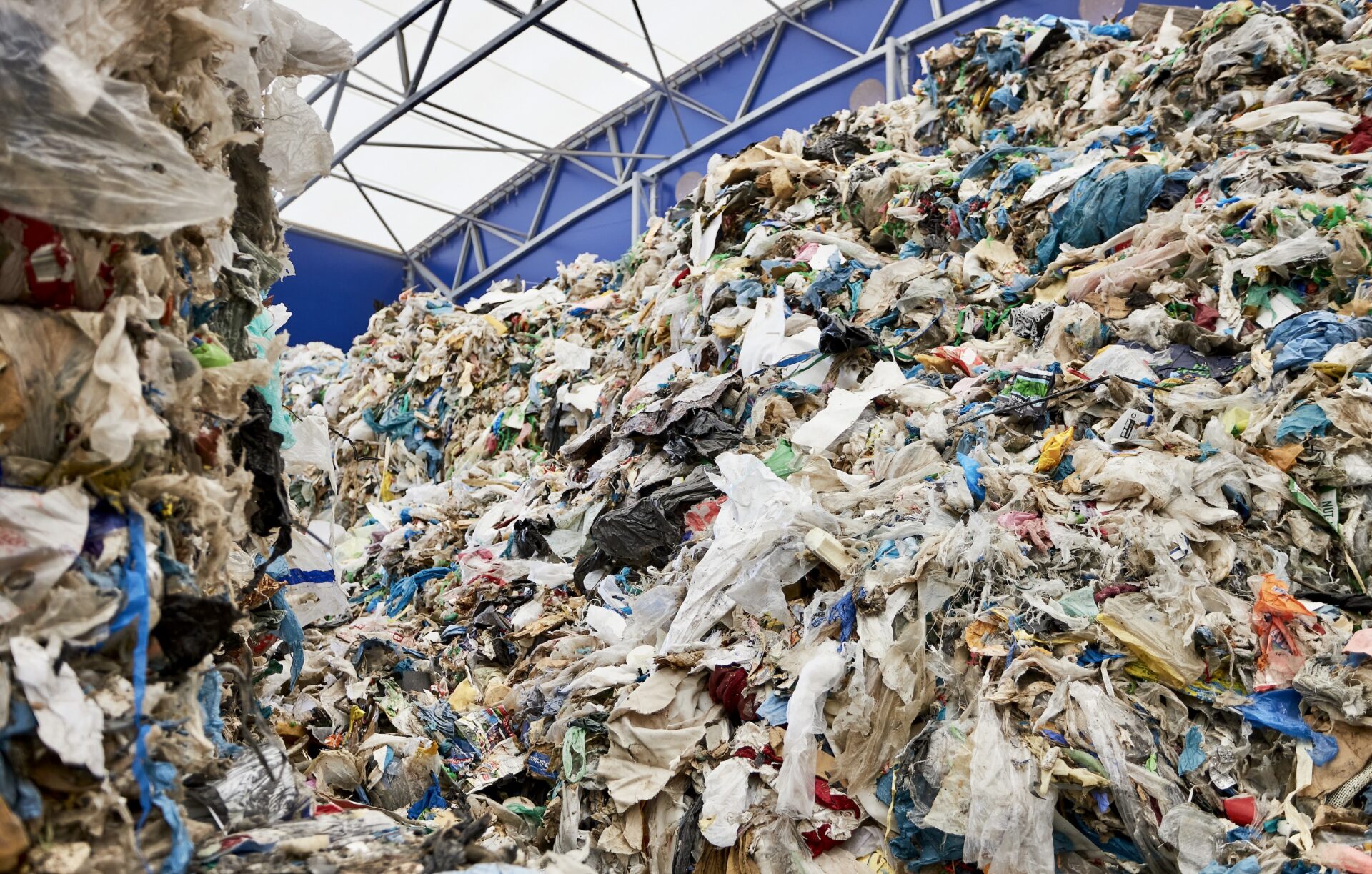„To increase the recovery rate and find sustainable deposit, Europe must utilize a lot more of the disposable Italian waste“, says Country Manager for Geminor in Italy, Michele Benvenuti.
According to data from the Italian institute for environmental research, ISPRA, 65 million Italian nationals produced approx. 30 million tonnes of Municipal Solid Waste (MSW) in 2020, or close to 500 kg per person. In addition, Italian businesses produced about 154 million tonnes of Industrial Waste.
In the same year, about 20 percent of the household waste was sent to landfill in Italy. In a European context this is a substantial share, but the landfill rate is in practice even higher, explains Country Manager at Geminor in Italy, Michele Benvenuti.
„Almost 30 percent of Italian MSW is composted or biologically treated, and a considerable part of this is later used in landfill operations, which brings the total amount of landfilled waste closer to 50 percent. This just emphasizes the present challenge of Italian waste management, but also the potential“, says Benvenuti.
„Only 18 percent of Italian household waste goes to national WtE plants, and currently we only have 37 incineration (WtE) plants in operation, falling from 41 in the last few years. The development of plants for efficient energy recovery has come to a halt, potentially bringing even more waste to landfill.“
„Hence, we lack the capacity for energy recovery in Italy, and soon we will also lack the capacity for landfill“, says Michele Benvenuti.
Surplus market
The biggest importing countries for Italian RDF are Germany, the Netherlands, and Spain, but also the WtE players in Scandinavia are gradually taking interest in Italian waste resources.
Still, the total RDF export from Italy was just 580 000 tonnes in 2020. In comparison, the biggest RDF and SRF exporter, England, exported a total of over 1,6 million tonnes in the same year.
Since establishing an office in Italy in May 2020, Geminor has assisted the market by exporting RDF, SRF and hazardous waste from Italy to other European countries in need of waste resources.
„In a fluctuating European waste market we see the Italian potential, but also the urgency and need for efficient export. The EU market is in need of secondary fuels with both high and low calorific value, as well as more low-carbon bio-RDF. We are now building streams to help convert Italian MSW into energy resources, and in time also new products through recycling“, says Benvenuti, adding that Italy has a recycling rate of 51,4 percent, which is in line with the EU standards.
In order to increase the recovery rate and find more sustainable offtake, Benvenuti calls for better international utilization of Italian waste: „In the process of making export efficient and reliable, and by this fully integrating Italy into the European waste market, we will need improved cooperation between producers, transporters, offtakers, waste managers and authorities. Italy can contribute to the EU waste balance and the circular economy, but needs to build both reputation and infrastructure to get there.“
„It is no secret that transportation and logistics from Italy currently is a challenge, and the long distance to Northern Europe makes this transport more prone to increased prices. Better shipping capacity, more lorry drivers and an upgrade of railway infrastructure will help in the process of bringing more waste resources from Italy to other EU countries“, concludes Michele Benvenuti.











